
Atmospheric Methane destruction: Tropospheric iron salt aerosol injection
Tropospheric Iron Salt Aerosol injection (ISAI) has recently received significant attention as a potential methane mitigation technique.


Year: 2013
Photographer: Peter Prokosch
Tropospheric Iron Salt Aerosol injection (ISAI) has recently received significant attention as a potential methane mitigation technique.
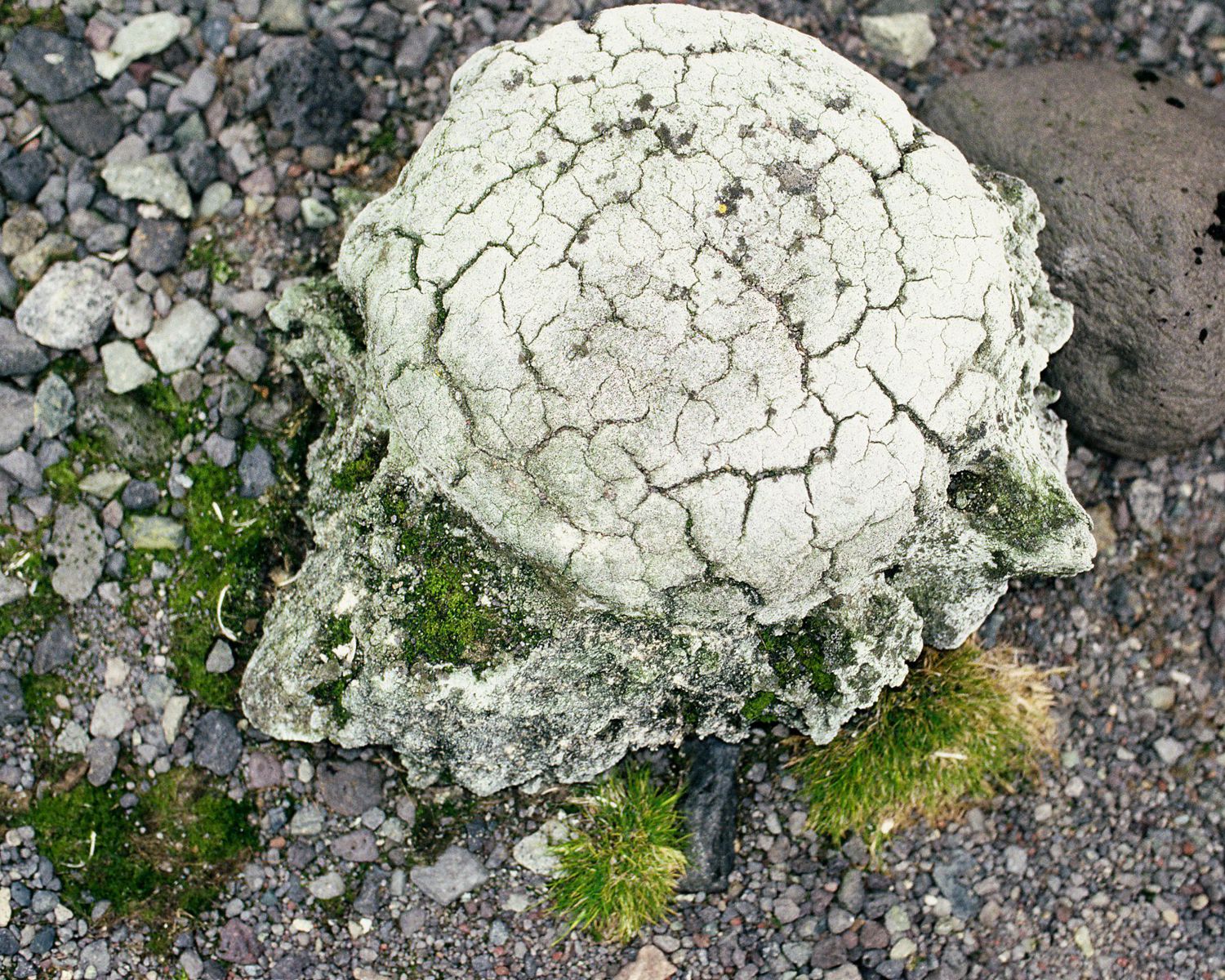
Nutrients which seep out of whale bones fertilize plants, leading to an accumulation of organic matter in the soil.
Year: 2016
Photographer: Peter Prokosch
The most widely studied carbon storage technique is the large-scale application of biochar. Biochar is produced when biomass is pyrolysed - a thermal process in which oxygen for combustion is lacking.
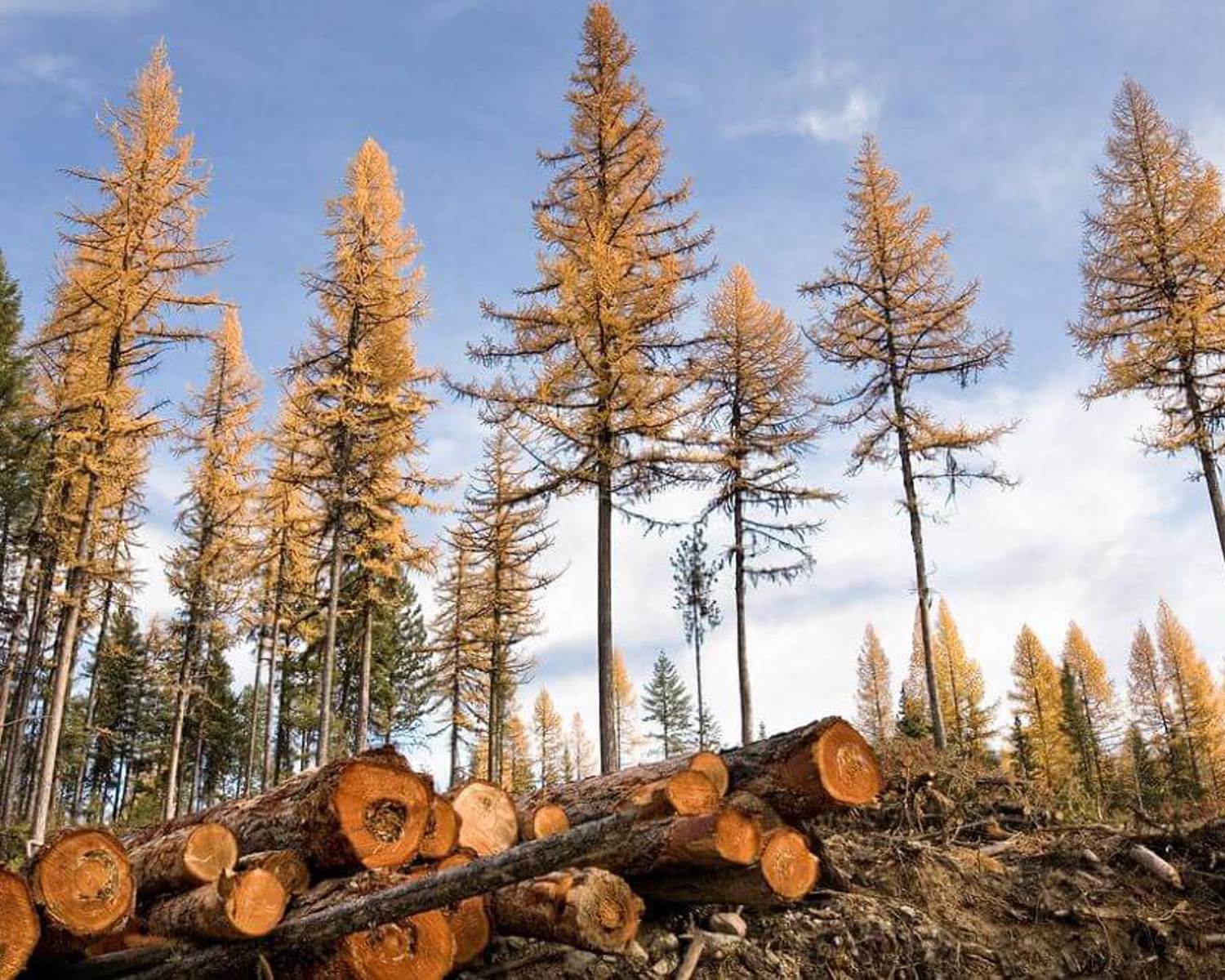
Sustainable forest management involves the maintenance and enhancement of forest environments, ensuring longevity of forest ecosystems while allowing the best possible environmental, economic, social and cultural opportunities now and into the future. In Canada, the world’s largest exporter of forest products, harvest rates and strict jurisdictions are set to ensure long term ecosystem sustainability, protecting soil and water resources and 55% of all energy used by the forestry sector is renewable bio-energy.
Year: 2014
Photographer: Lawrence Hislop
Bio-Energy with Carbon Storage (BECCS) offers a nature-based way to remove CO2 from the atmosphere by consuming biomaterial and removing the remaining carbon residues from the carbon cycle.
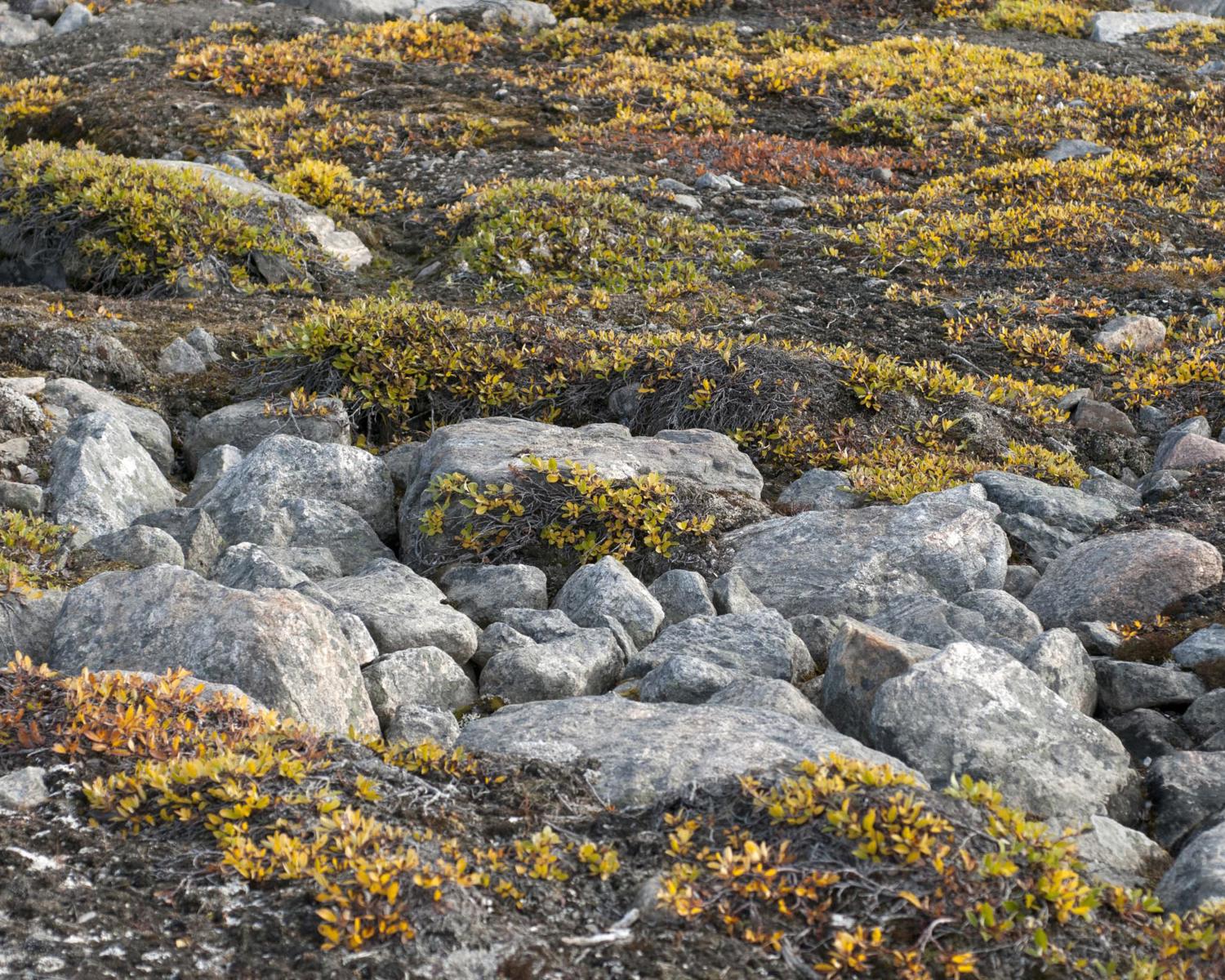
Ice wedges grow as the ice-rich frozen ground contracts during the winter and forms open cracks below the surface.
Year: 2015
Photographer: Peter Prokosch
Direct air carbon capture and storage (DACCS) aims to reduce the amount of carbon dioxide in the atmosphere by taking it directly out of the air, and removing it from the carbon cycle.
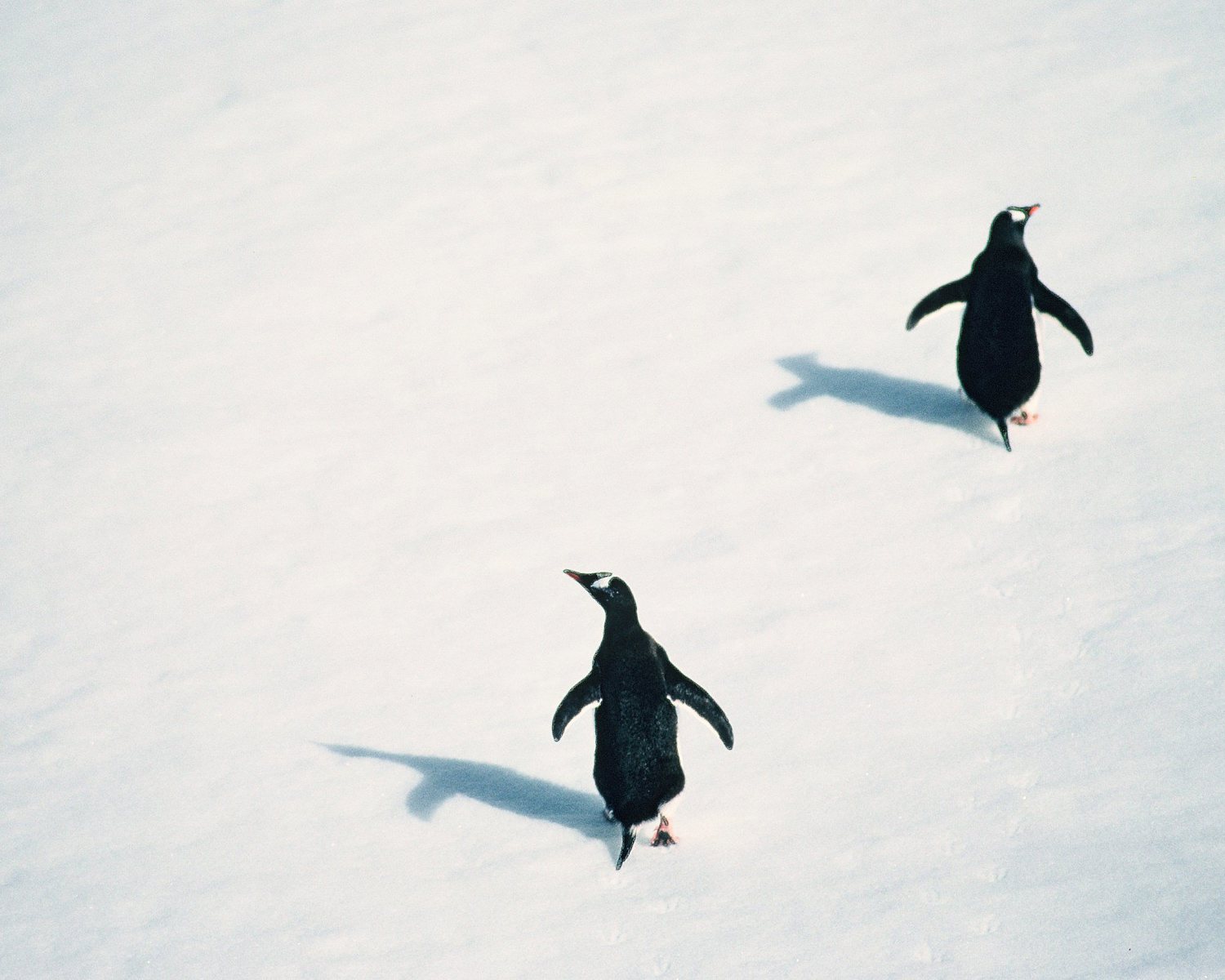
Gentoo Penguins lay a couple of eggs but if food is in short supply once the eggs have hatched, one chick is often sacrificed in order to feed the stronger of the two.
Year: 2016
Photographer: Peter Prokosch
Inspired by the discovery of CO2 ice caps on Mars, Agee et al. (2013) suggested it might be possible to artificially create similarly cold conditions in the already frigid temperatures of Antarctica that would allow CO2 to 'snow' out of the air.
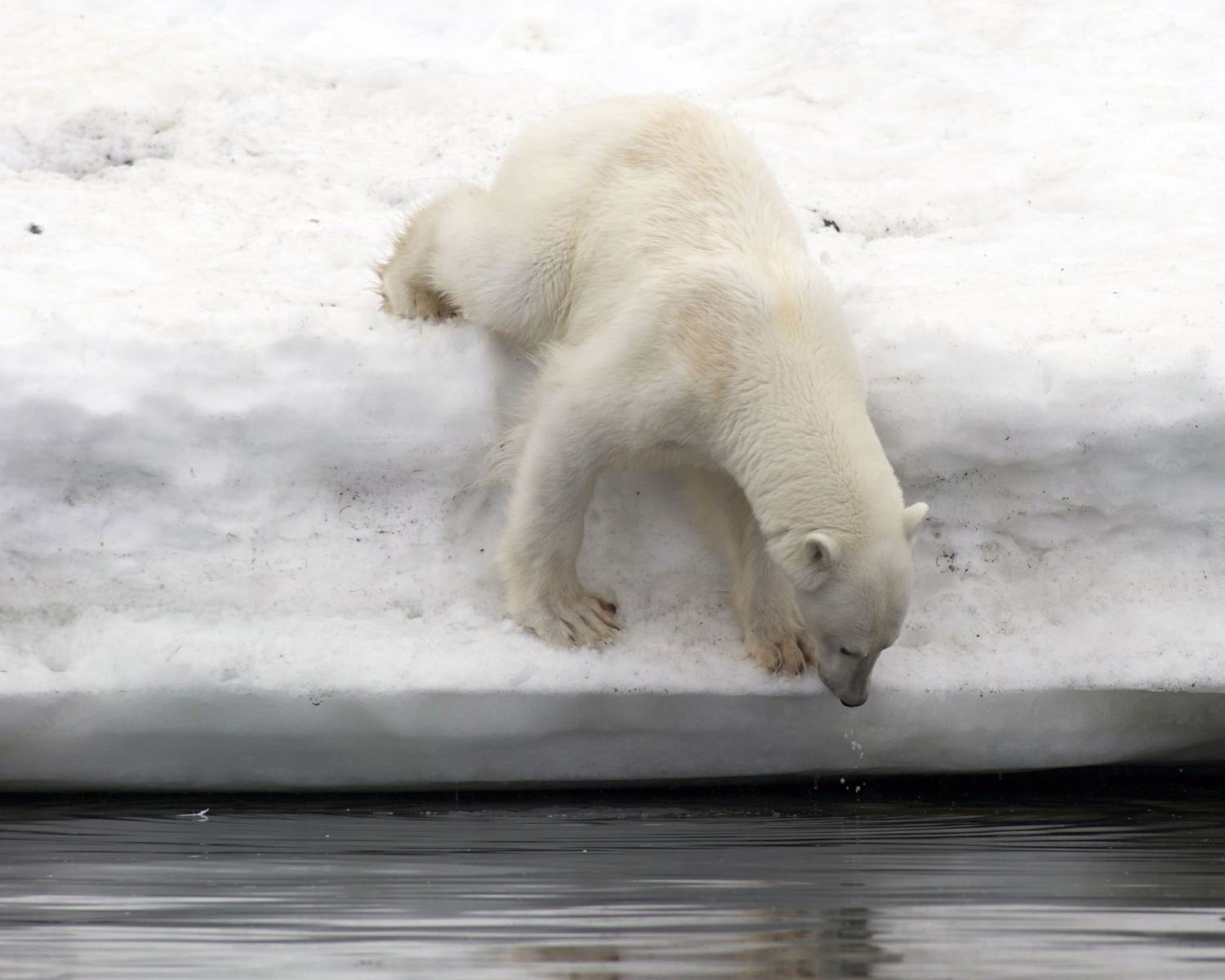
More than any other animal, the polar bear, Ursus maritimus, is recognized as the symbol of the Arctic.
Year: 2011
Photographer: Peter Prokosch
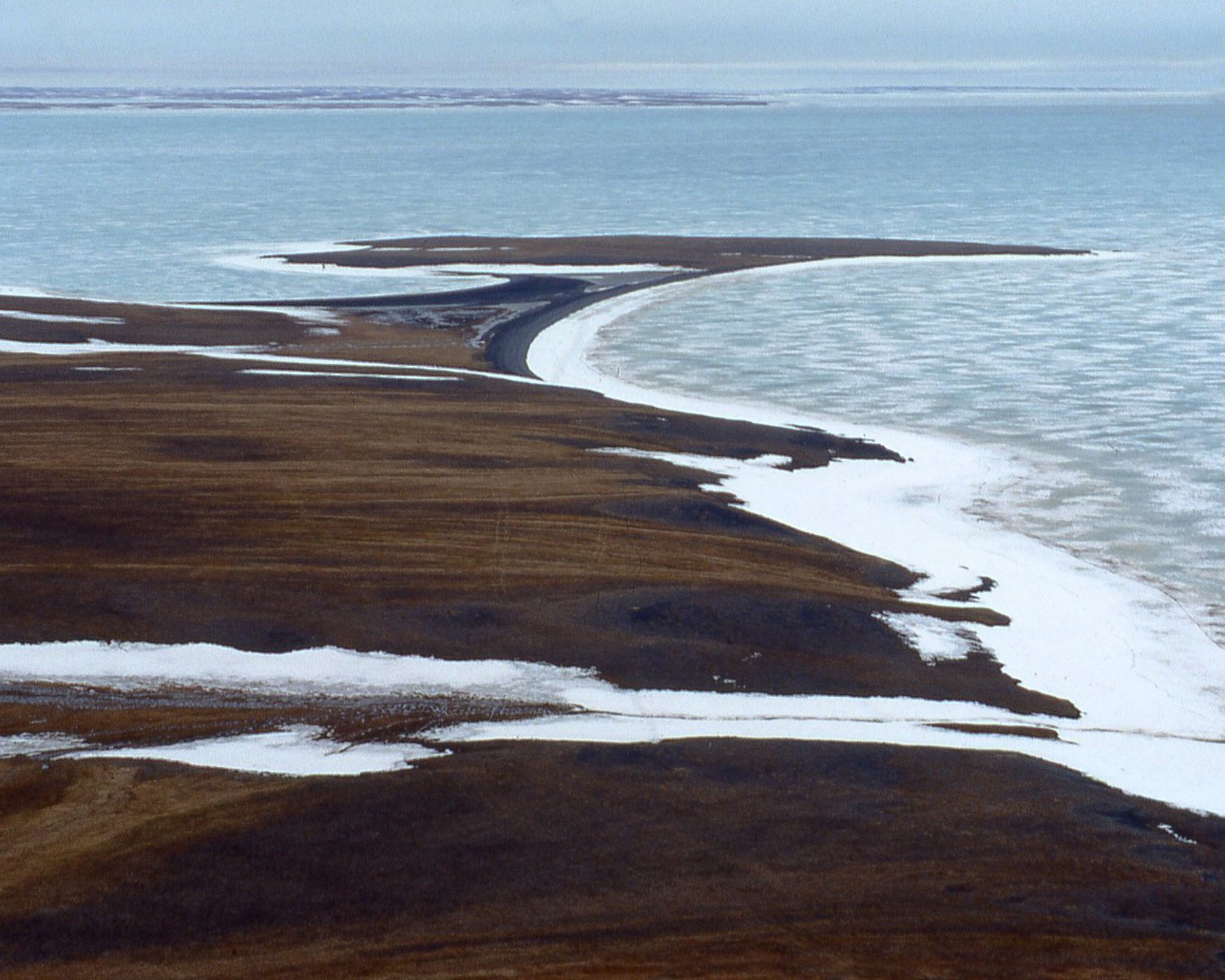
The Taymyr Autonomous Area occupies 800,000 sq km, an area the size of England, France and the Netherlands combined.
Year: 2015
Photographer: Peter Prokosch
Enhanced weathering (EW) is a measure that seeks to enhance and speed up the process of rock weathering in which CO2 reacts with minerals (Schuiling and Krijgsman 2006) that naturally occurs and already consumes 1.1 Gt CO2 per year (Ciais et al. 2014).
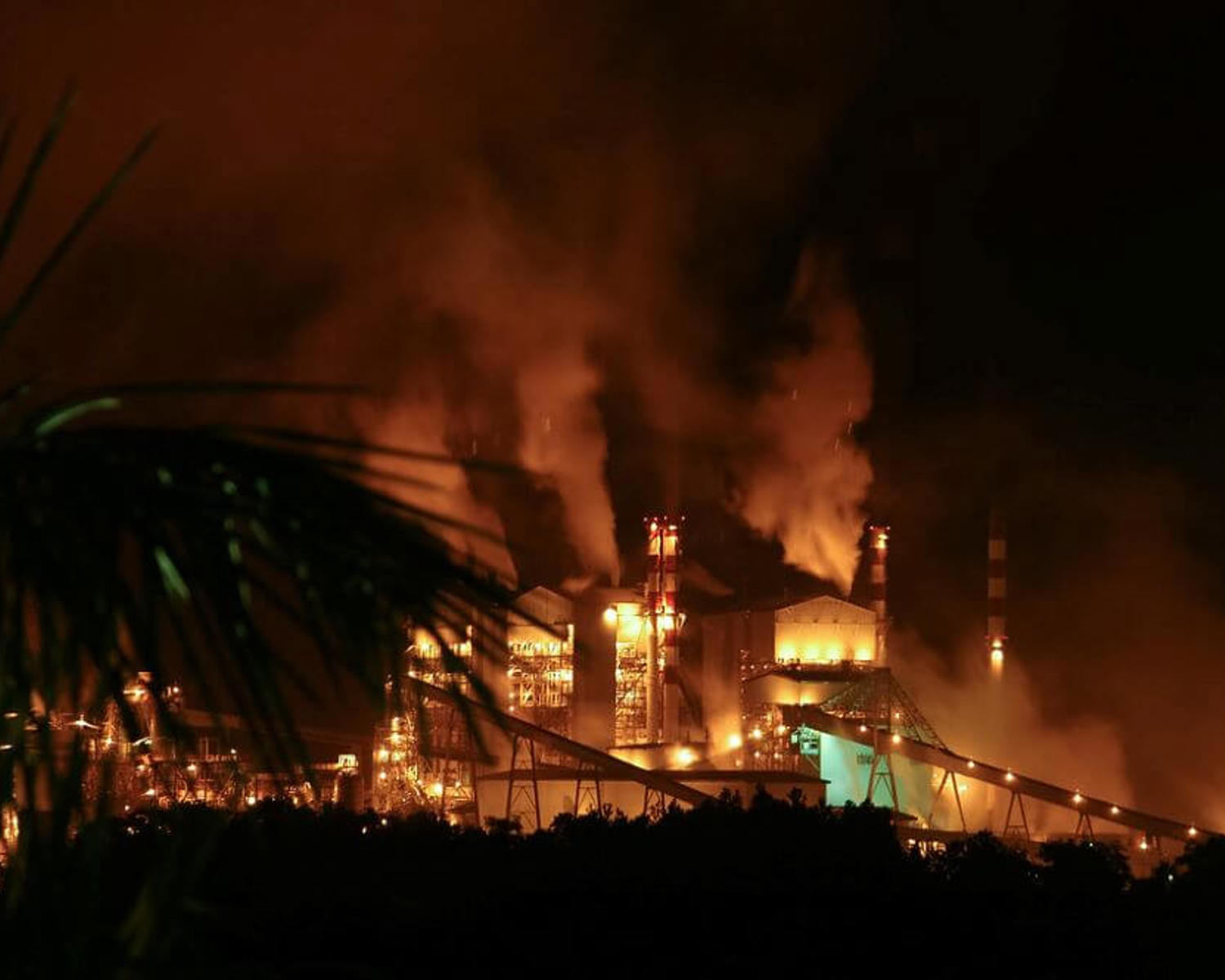
The forests on the Indonesian island of Sumatra are witnessing some of the fastest rates of deforestation in the world. Over the last decade, dozens of pulp and paper companies have established themselves on the island chopping down trees and setting up palm oil plantations on the cleared land. These changes have far-reaching environmental as well as socio-economic impacts on the island communities that are so dependent on the natural resources and ecosystem services provided by the rainforests.
Year: 2014
Photographer: Peter Prokosch
Black Carbon (BC), also known as soot, is produced through the incomplete combustion of fossil fuels and biomaterials. Apart from its negative health impacts, BC also has significant climate effects because it generally has a lower albedo than its surroundings, which increases the amount of radiation absorbed both when BC is present in the atmosphere and when it is deposited on land (Stjern et al. 2017). Due to the large albedo differences, the effects of BC are especially significant in areas that are normally covered in snow or ice (Hadley and Kirchstetter 2012; Sand et al. 2016; Kang et al. 2020).
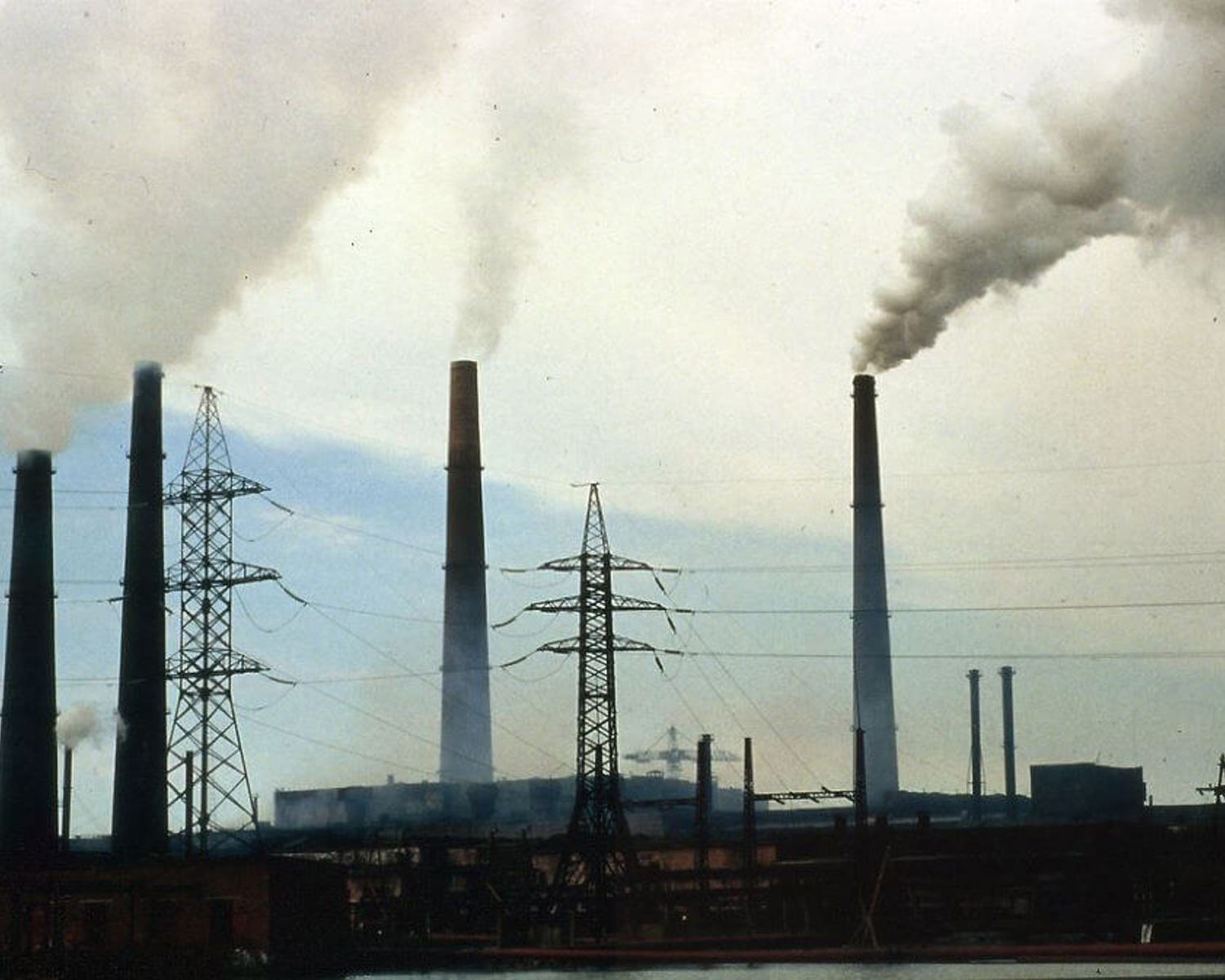
Norilsk is located between the West Siberian Plain and Central Siberian Plateau at the foot of the 1,700-meter high Putoran Mountains, on some of the largest nickel deposits on Earth. Consequently, mining and smelting ore are the major industries.
Photographer: GRID-Arendal
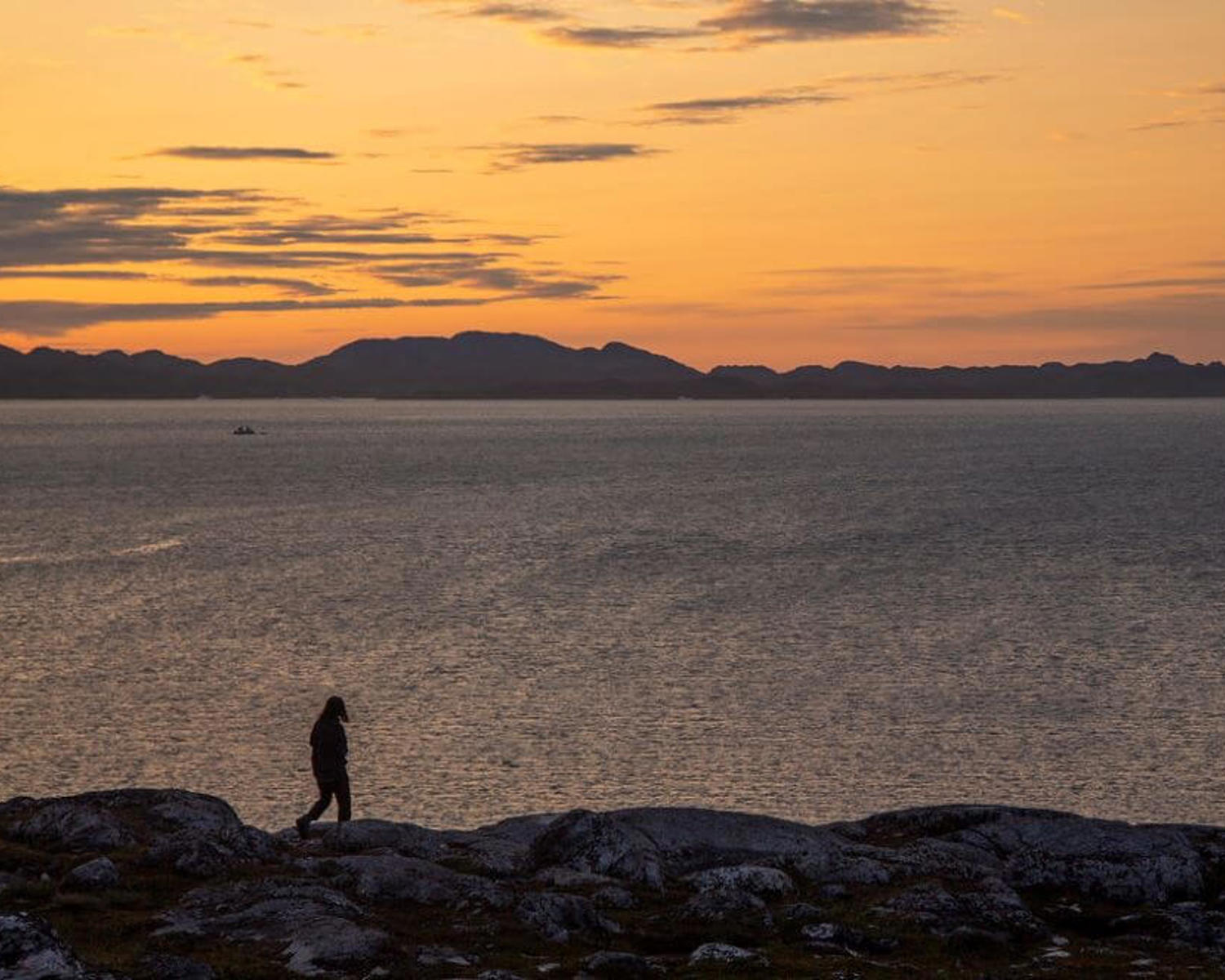
Year: 2022
Photographer: Olivia Rempel
One of the main issues with methane removal is that atmospheric methane concentrations are very low. This means that very large volumes of air, and related energy demands, are required, making the use of ventilators like those used for DACCS (see direct air capture) more complicated (Nisbet-Jones et al. 2021).
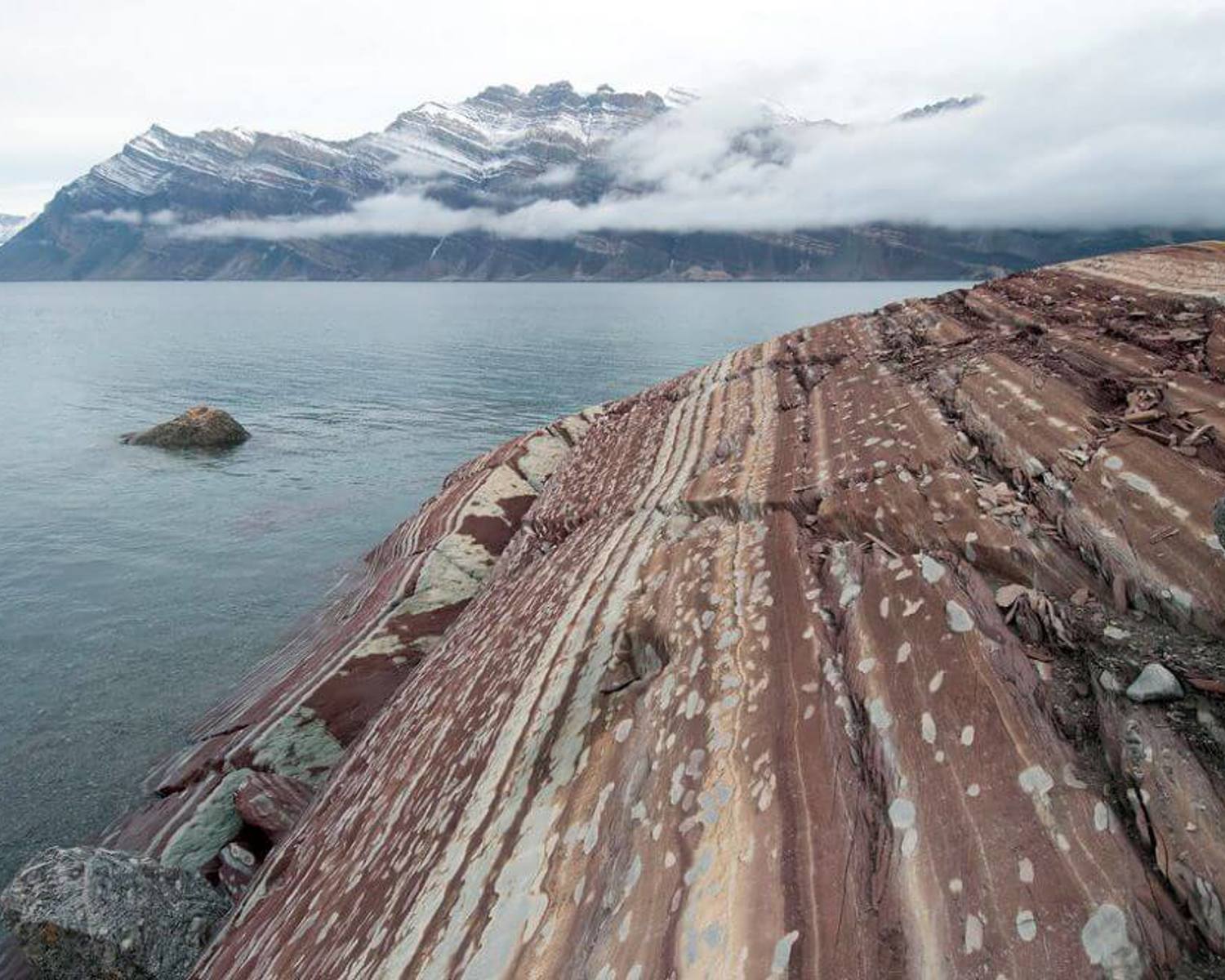
Year: 2014
Photographer: Peter Prokosch
Zeolites are porous minerals that can capture methane (Jackson 2019).
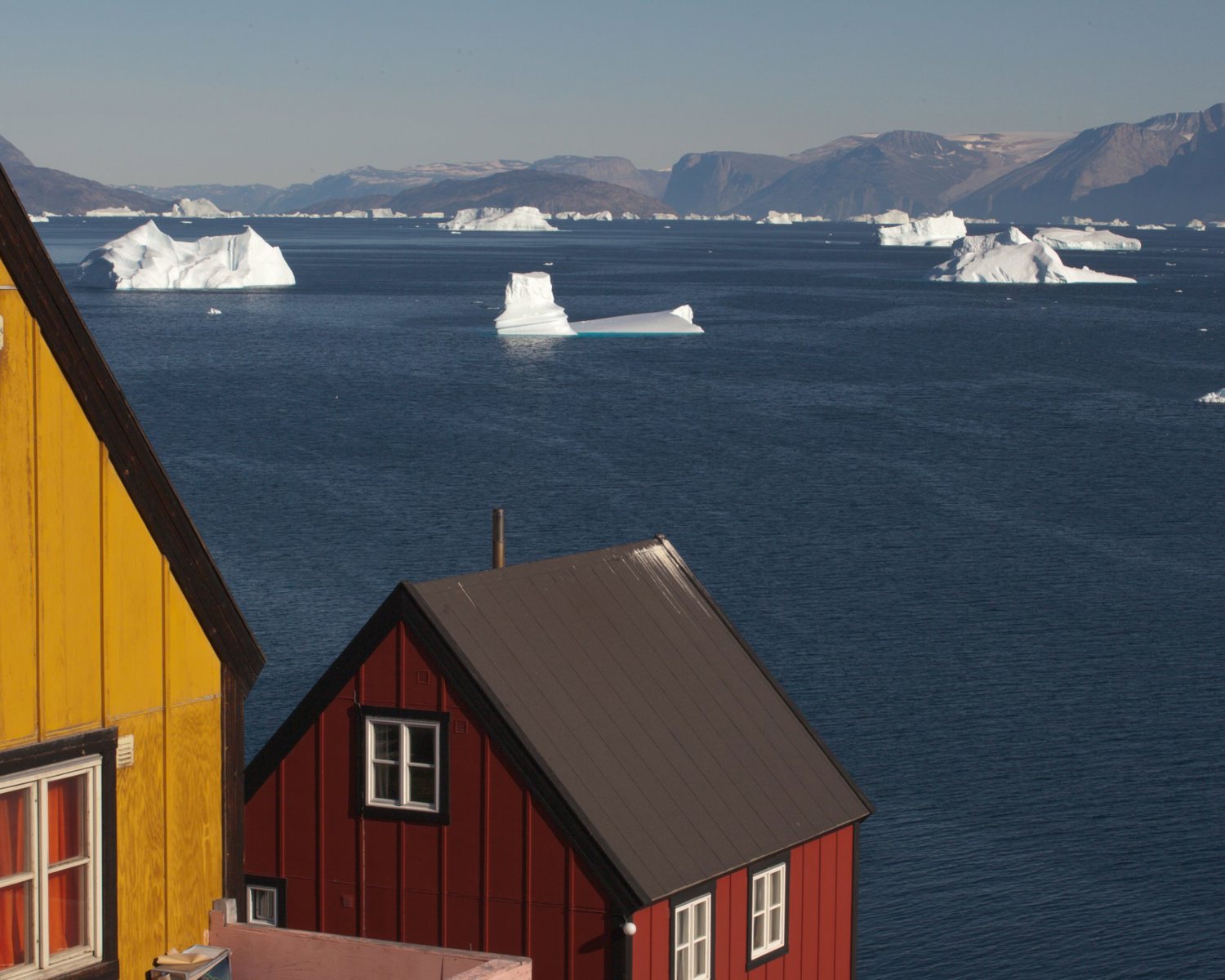
Irregularly shaped icebergs are common around Greenland and Northern Canada and originate from the many Greenland fjords.
Year: 2015
Photographer: Peter Prokosch
